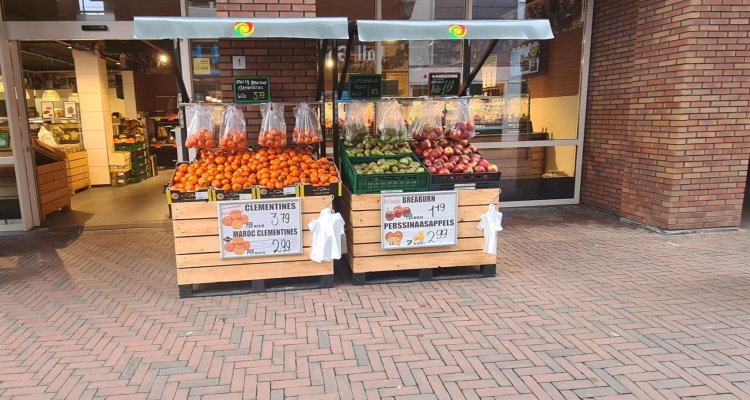
Project
Healthy and sustainable food environments in Dutch neighborhoods
Evidence has shown that there is an urgent need to adapt our food environments, to encourage healthy and sustainable food choices. This research explores ways to move towards healthy and sustainable food environments in collaboration with local stakeholders. It mainly builds upon case studies in the Foodvalley region in the Netherlands. The research will generate practice-based evidence, and contribute to building bridges between research and practice.
Introduction
The majority of the Dutch population does not have a healthy and sustainable diet. Diet is influenced by a variety of factors, among which the food environment. A supportive food environment has been identified as crucial to meet a healthy and sustainable diet.
While effective elements of food environment interventions or policies to improve diets are available, sustained implementation in the real life context is lacking. Previous studies have often used top-down approaches to develop interventions, rather than co-creating interventions that respond to the local context and needs. Also, the literature lacks insight into the implementation process of food environment interventions in real-life contexts. Yet, co-creation methods and implementation research are essential to ensure that interventions will be successfully taken up by the local context and sustained over time.
The goal of this research is to determine how healthy and sustainable food environments can best be co-created, implemented and sustained in Dutch neighbourhoods in the region Foodvalley. This will contribute to a transition towards healthy and sustainable neighbourhood food environments and food choices.
The project is part of the “Regio Deal Foodvalley”, track 2: "Nutrition and Health”, work package 2: the food environment.
Project description
Study 1: A comprehensive method to evaluate the external neighbourhood food environment
Study 2: Group Model Building to understand the factors impacting the neighbourhood food environment and to identify systemic actions for a positive transition
Study 3: Healthier and more sustainable neighbourhood food environments - how to implement and maintain actions for a positive transition
Study 4: Realising a healthy and sustainable food environment with local government and private stakeholders - lessons learned from a high-traffic public space
Study 5: Opportunities to restrict unhealthy food advertisements on publicly-owned assets: measuring the effect of local policy on the content of ads and exploring stakeholders' views
The first aim of this study is to evaluate the effect of a local policy restricting unhealthy F&B ads on publicly-owned assets on the healthiness of outdoor advertisements. A content analysis of the advertisements before and after the implementation of a policy will be done to verify its effect and eventually identify loops/adapt the content and/or the scope of the policy in the future. The second aim of this study is to understand what would make such a policy effective, economically-viable and acceptable from the point of view of different stakeholders. Interviews will be held with a broad group of stakeholders involved with- or impacted by this policy.